Internal Comms Is Becoming As Valuable As External Branding





For years, branding meant billboards, Superbowl spots, and social campaigns. External, external, external. The customer was king, and employees were the afterthought. The irony? In 2025, the most powerful brand audience isn’t out there — it’s in here.
Internal comms and culture have become as valuable as external branding. Why? Because your employees are your most credible media channel. They’re on LinkedIn, TikTok, and Slack — shaping perception daily. They’re also your first customers: if they don’t believe in the story, no one else will. In an era where talent is scarce and brand trust fragile, internal comms aren’t HR fluff. They’re strategic infrastructure.
Big brands are already pivoting:
For indie agencies, this is a wedge. Clients are obsessed with their next campaign while ignoring the brand erosion happening inside their walls. Helping them design internal comms systems — from CEO videos to cultural playbooks — is an untapped revenue stream. It’s not “internal memos”; it’s culture marketing.
Brand perception is now inside-out. A campaign that sings externally but rings hollow internally will collapse. Employees talk, post, leak, and share. Your culture is your comms. The deeper truth: if you don’t invest in internal storytelling, your staff will write the narrative for you — and not always in your favor.
We’re shifting from hierarchical, top-down comms (“all-staff memo”) to networked, participatory systems. Employees want transparency, leaders want alignment, and everyone wants purpose. Internal comms are no longer admin — they’re the nervous system of modern brands.
Agencies can position themselves as internal brand architects:
This isn’t HR comms 2.0. It’s brand strategy where it matters most: with the people who deliver it.
Culture as Media → Design playbooks where employees are active storytellers, not passive recipients.
CEO as Chief Storyteller → Train and script leaders to communicate simply, frequently, and visibly.
Two-Way Street → Build channels where staff input shapes comms — not just receives them.
Internal = External → Repurpose internal comms into external thought leadership (LinkedIn, PR).
Sell the System → Create repeatable internal comms packages (monthly narrative, video templates, feedback loops).
Bottom Line:
In the modern brand economy, your employees are your first audience and your loudest channel. Internal comms aren’t an HR afterthought; they’re branding’s new frontline. Ignore them, and your external campaigns will ring hollow. Nail them, and your people will carry your story further than any media buy.